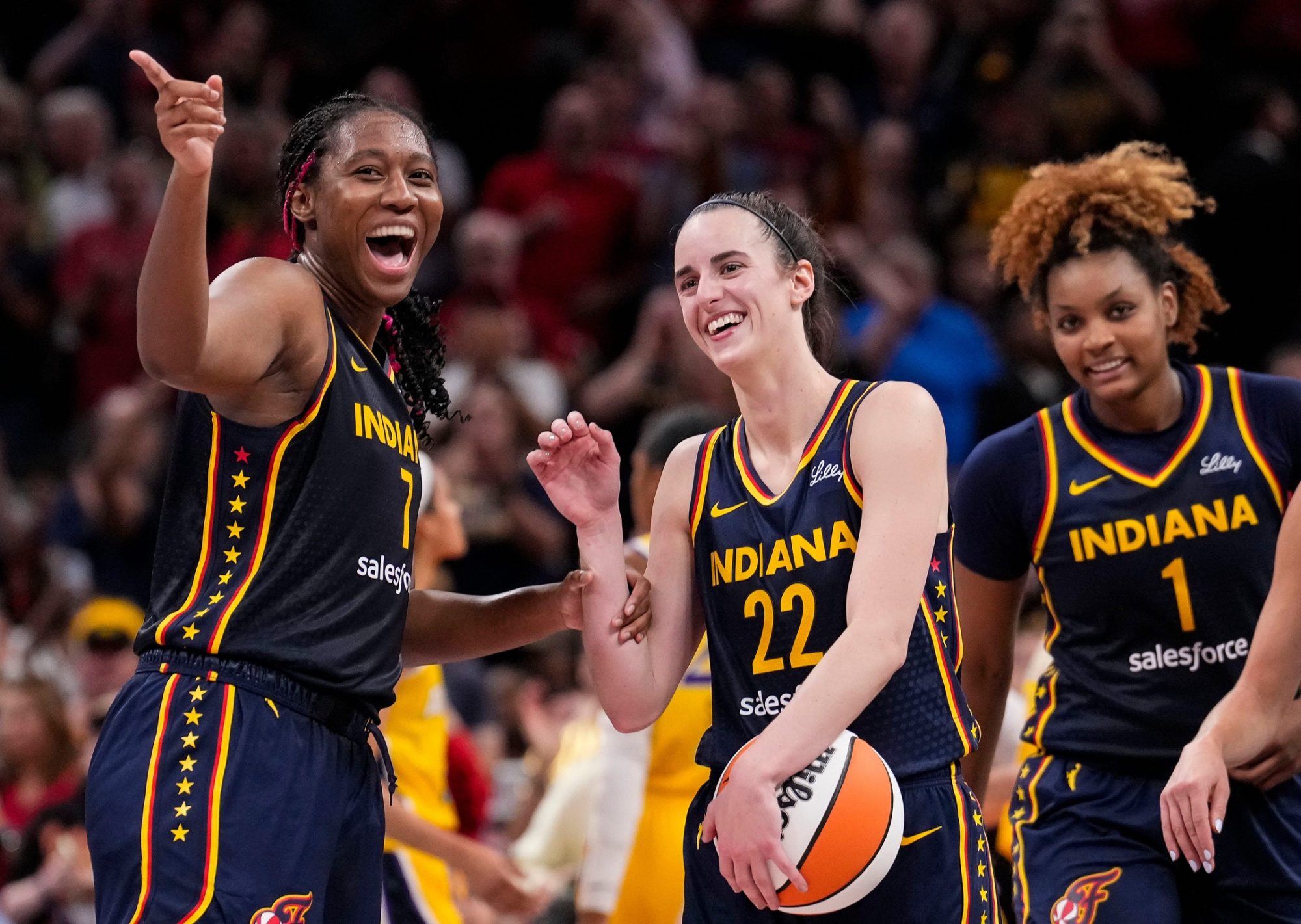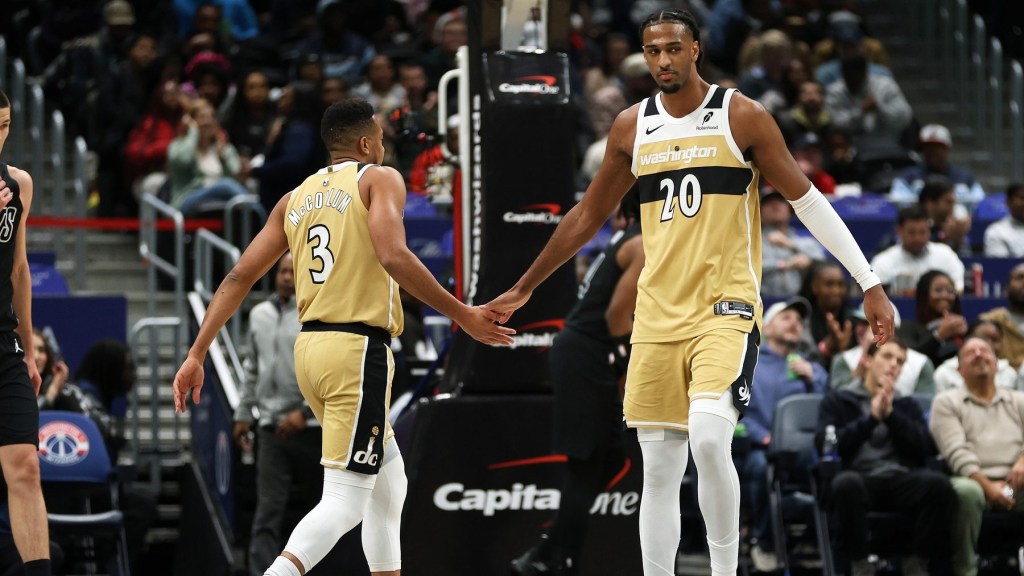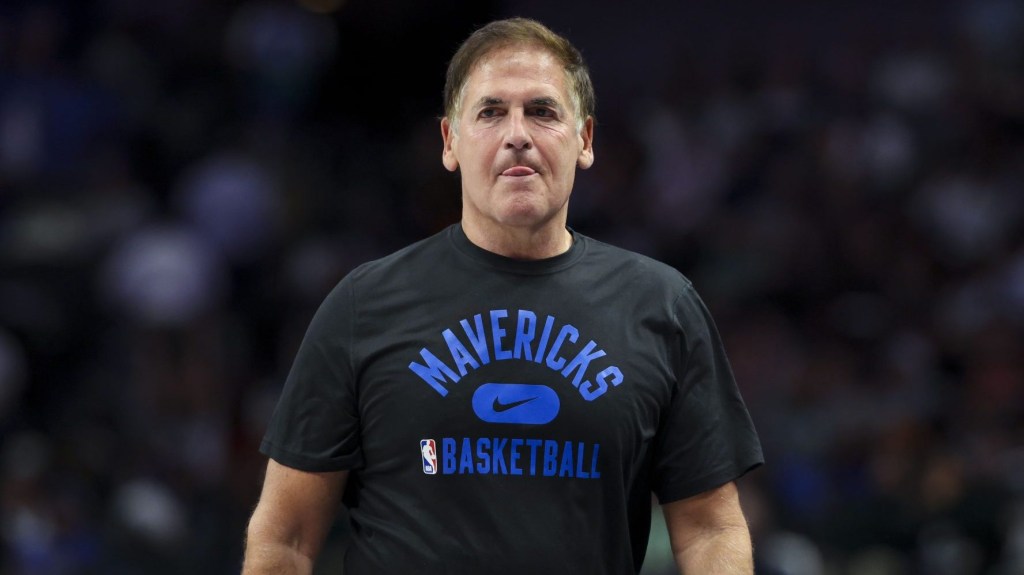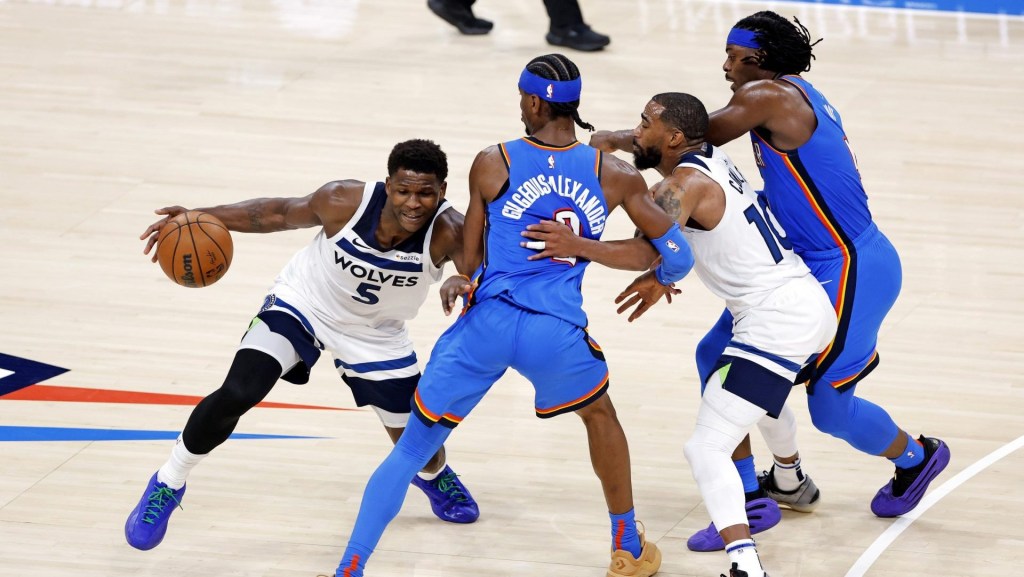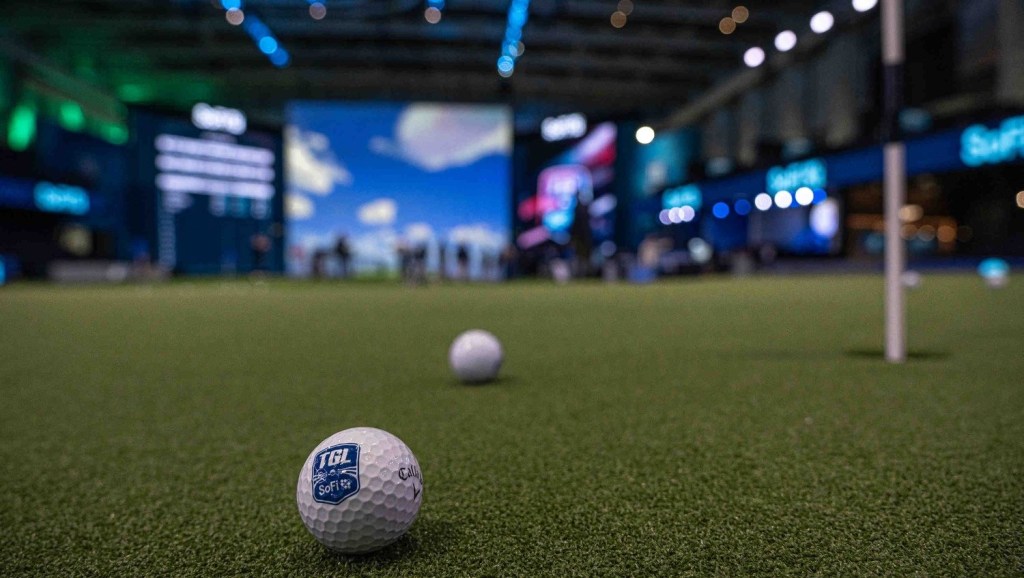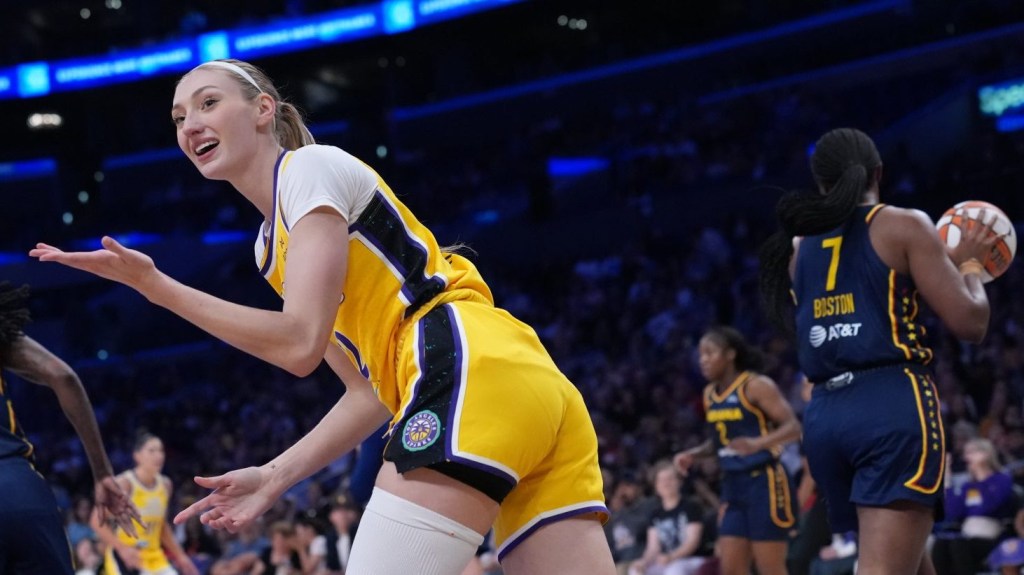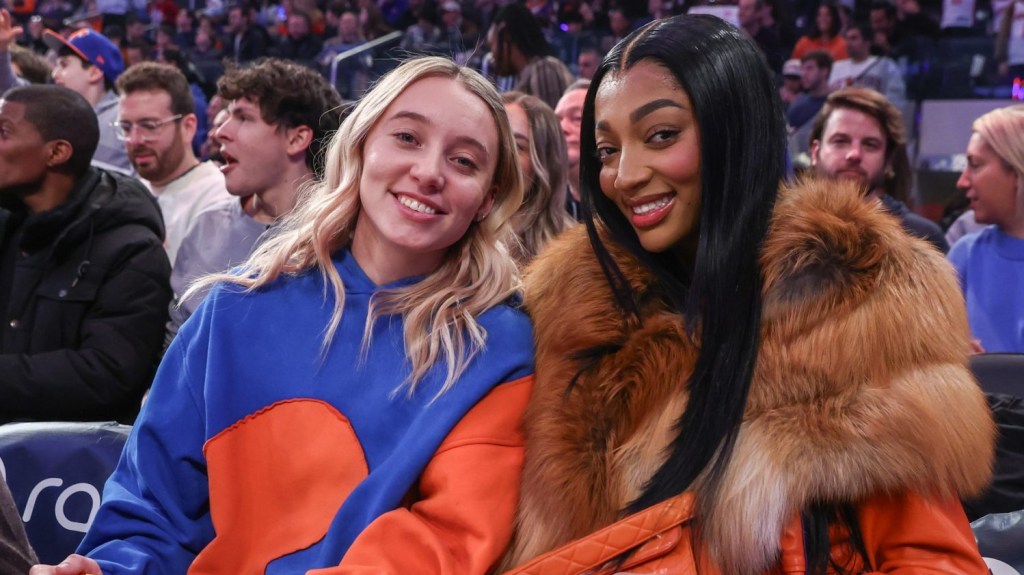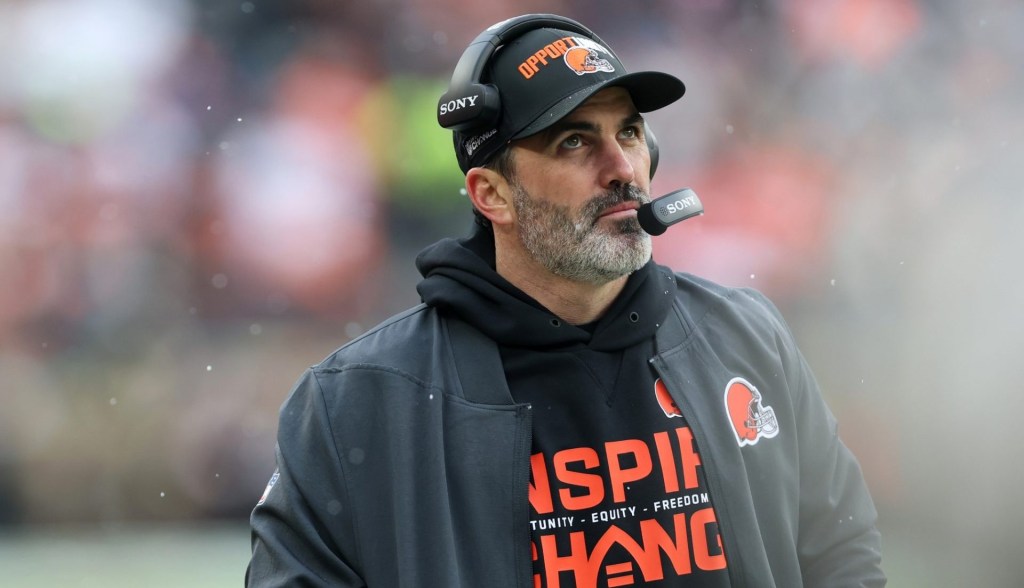On Thursday, the WNBA wrapped up a regular season that will be considered a bellwether for the league moving forward.
The WNBA had seen steady viewership growth over the past half-decade, but financial concerns still threatened its long-term survival.
But in mid-April, the league welcomed the 2024 draft class. The hope was that, following an NCAA women’s championship that was watched by more people than the men’s title game, the likes of Caitlin Clark, Angel Reese, and Cameron Brink could help carry over that fandom to the pro level.
And they did.
Spillover
It started at the draft, which was the league’s most watched in history with 2.45 million viewers, nearly four times the average viewership of the 2023 WNBA Finals.
Clark’s Indiana Fever debut on ESPN averaged more than two million viewers, besting any WNBA game in decades. The Fever played Reese and the Chicago Sky four times this season, and ESPN, CBS, and Scripps Sports’ Ion each had its most-watched regular-season game of the year from one of those matchups.
ESPN announced last week that it averaged a record 1.2 million viewers for WNBA regular-season games across its platforms, up 170% versus last year. Perhaps more surprising is that ESPN’s pregame show WNBA Countdown, which averaged 508,000 viewers in 2024, up 113% from last year, drew more than the average viewership for WNBA games from last year, which was 453,900 across ESPN networks.
Ion, which started broadcasting WNBA games last season, announced Thursday a viewership increase of 133% versus 2023. It also reported the largest percentage of female viewers of any network airing WNBA games, with 50% of its audience ages 18–49.
The league’s ratings came at an opportune time as, together with the NBA, it secured a record $2.2 billion media-rights deal with ESPN, NBC, and Amazon that takes effect in 2026. The total figure could end up as high as $3 billion as the NBA secures deals with more partners, including Scripps Sports.
It’s Not Only on TV
The league has yet to release its overall attendance records, but based on data from WNBA statistics site Across The Timeline, the entire league was up 47% in attendance before Thursday night’s final six games.
Every single team is up double-digit percentages, led by the Fever, who finished the year averaging over 17,000 fans per game, nearly 320% more than last year. The top-seeded New York Liberty followed with 12,730 fans per game, up 63.7%. In June, the Las Vegas Aces became the first team in history to sell out every single home game—though they placed just third in overall league attendance due to the 12,000-seat capacity at Michelob Ultra Arena.
Due to demand, the Aces, Atlanta Dream, and Washington Mystics moved home games against the Fever to arenas with a larger capacity—and sold out those contests. The Connecticut Sun also sold out their first game in Boston against the L.A. Sparks.
